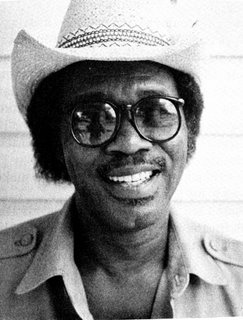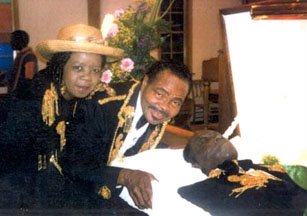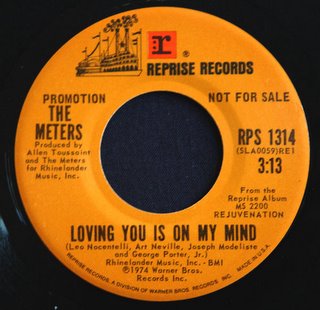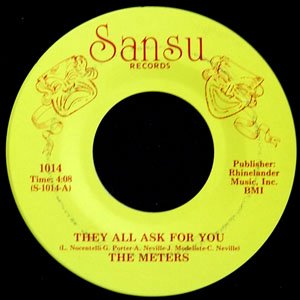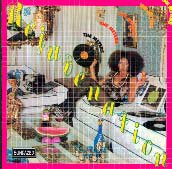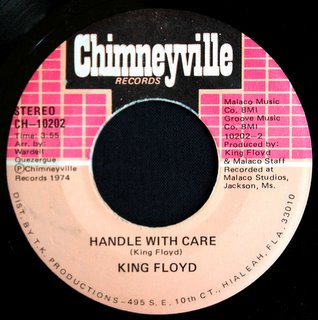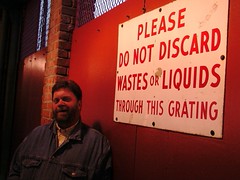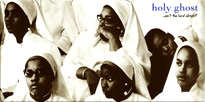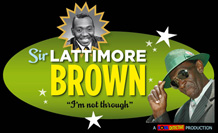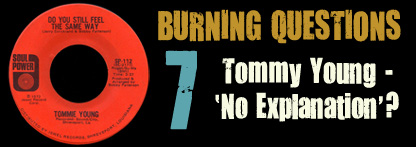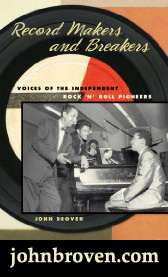Art Neville - You Won't Do Right (INSTANT 3256)
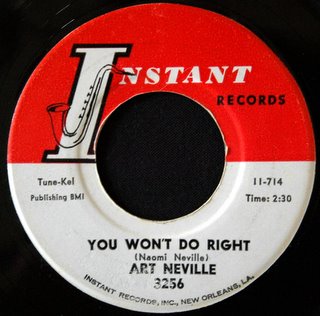
You Won't Do Right
It was at the colossal, stupendous, incredible Meters show in Manhattan on Friday (more on THAT later on...), that I knew that today's B side post would attempt to pay tribute to the one and only "Poppa Funk" - Art Neville.
 While still in High School, Art's band "The Hawketts" recorded a song at the WWEZ studios for disk jockey Ken Elliot, aka "Jack the Cat". Cut in one take, "Mardi Gras Mambo" was leased to Chess and became THE Carnival record of 1954. Alongside Professor Longhair's "Go To The Mardi Gras", it has become one of New Orleans' most enduring anthems.
While still in High School, Art's band "The Hawketts" recorded a song at the WWEZ studios for disk jockey Ken Elliot, aka "Jack the Cat". Cut in one take, "Mardi Gras Mambo" was leased to Chess and became THE Carnival record of 1954. Alongside Professor Longhair's "Go To The Mardi Gras", it has become one of New Orleans' most enduring anthems.The Hawketts became the hottest group in town, playing everywhere from High School proms to backing up Larry Williams on his swings through the South. Oddly enough, Chess would never record them again.
It was Harold Battiste, then working as A&R man for Specialty Records, who brought Art back into the studio in 1956. The resulting single, Oooh-Whee-Baby took off, and for the next year or so Neville was criss-crossing the country playing in rock & roll package shows with the likes of Lloyd Price and Little Richard.
In 1958 Specialty released "Zing-Zing", backed with something called "Cha-Dooky-Doo". It was the B side that would become the hit, with its groundbreaking distorted guitar sound (which actually was the result of guitarist Irving Charles' blown amp!). Art, meanwhile, had been drafted into the Navy, and first heard the record on the radio while suffering and shivering his way through boot camp up in Illinois.
While he was in the service, Specialty Records essentially gave up on New Orleans music and sold Art's contract to Joe Banashak's Instant label in 1961. It was here that he would do his first work with Allen Toussaint.
It was his second single for Instant, the timeless Toussaint composition "All These Things", that became a huge local hit in 1962 (watching Art perform it with Toussaint backing him on the piano at the Katrina Benefit thing from Madison Square Garden this past September gave me chills!).
Today's offering, the flip side of Skeet-Skat, was the follow-up record, released in 1963. I think it just rocks! I mean, check out the fat organ solo, the drums, the guitar, Toussaint's piano, that background vocal minor-key mantra thing... but mostly, just dig this man's voice! (I know a certain other A. Neville that gets a lot of press for his pipes and all, but I'll take Art any day!)
Banashak (Art has called him "one of those smiling dudes") released one more single on him that would make a little noise locally (the great "Lover of Love" on his Cinderella label), but for the most part his relationship with Neville was through. It was at this point that Art formed the Neville Sounds which were, of course, to become the mighty Meters (please see our post from a couple of weeks ago for this part of the story...)
After the breakup of The Meters in the late seventies, Art Neville gathered the family together and started The Neville Brothers. They would go on to become New Orleans' most recognized ambassadors of da groove, not only closing out Jazz Fest most years, but touring world-wide just funkin' it up!
 In 1989 their critically acclaimed album Yellow Moon (produced by Daniel Lanois) propelled them to the next level (It seemed for a time there that you couldn't turn on the radio without hearing brother Aaron singing a duet with somebody or other...).
In 1989 their critically acclaimed album Yellow Moon (produced by Daniel Lanois) propelled them to the next level (It seemed for a time there that you couldn't turn on the radio without hearing brother Aaron singing a duet with somebody or other...).Meanwhile, Art was getting back to his funk roots, forming The Funky Meters (as close as he could get to the real deal without Zigaboo on the skins) as a side project, reaching a whole new generation of "jam band" types with his music.
The Neville Brothers released a series of uneven albums for a variety of labels during the nineties and, soon after the release of Valence Street in 1999, found themselves without a record contract. They were basically supporting themselves by playing lucrative corporate gigs but, after 9/11, even those began to dry up.
Late in 2001, Art Neville had serious back surgery that somehow went wrong. Muscles and nerves were damaged. He almost died. The doctors told him he would never walk again.
They didn't know Poppa Funk well enough.
 Not only is he walking (although "kinda funny" as he puts it), but he's realized a lifelong dream in opening his own recording studio, "Neville-Neville Land", in New Orleans with his family. Their excellent 2004 album Walkin' In The Shadow Of Life was recorded there, and critics are calling it their best record since Yellow Moon.
Not only is he walking (although "kinda funny" as he puts it), but he's realized a lifelong dream in opening his own recording studio, "Neville-Neville Land", in New Orleans with his family. Their excellent 2004 album Walkin' In The Shadow Of Life was recorded there, and critics are calling it their best record since Yellow Moon.The most incredible thing he's done, though, is to bring the original Meters back together! After years of arguments and back-biting, the good finally outweighed the bad. It was time.
As I said, I saw them perform Friday night at the Nokia Theater in NYC. GREAT GOOGLEY-MOOGLEY!!! I mean, I really can't find enough superlatives to convey to you how truly awesome they were! This was no old-timer's day reunion, this was a vibrant, happening band - even better than what I remembered from 29 years ago! each individual musician is, obviously, a master of his instrument, but it's the SYNERGY, the "sum of the parts" thing that just blows me away! They are talkin' to each other, they are listenin' again, they are actually having a great time doing it! YEAH YOU RITE!!
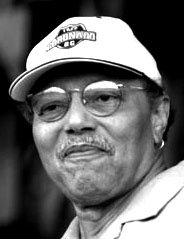
Art Neville will turn 68 next month.
He is a National Treasure.
Go See Him.


